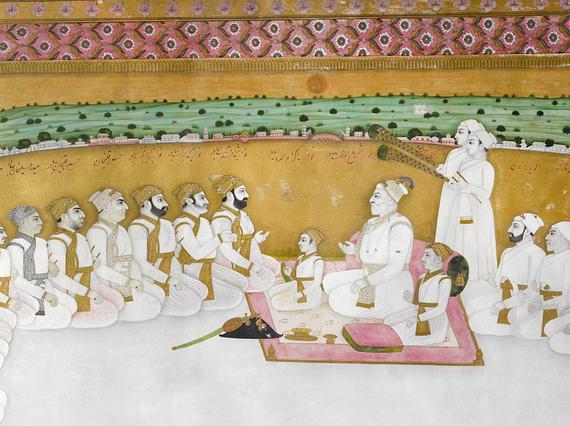
About Indian Encounters
Indian Encounters explored the changing relationships between Great Britain and India during the 18th and 19th centuries through the lives of two men with very different experiences of British imperial rule: Captain Archibald Swinton and Maharaja Duleep Singh.
This exhibition showcased intricate miniature paintings from the 18th century collected by Captain Swinton, and the beautifully crafted 19th century jewellery once owned by Maharaja Duleep Singh, alongside a newly commissioned painting by renowned British artists The Singh Twins.
The Scot Archibald Swinton (1731-1804) served in the East India Company’s army at the beginning of its military expansion in India. The Mughal rulers and court officials with whom he came into contact are documented through the exquisite miniature paintings acquired in Bengal.
Highly decorative jewellery from the Sikh court in Lahore was displayed, once belonging to Maharaja Duleep Singh (1838-1893). Duleep Singh became the first resident Sikh in Britain after he, at the age of 10, had to surrender the Sikh Punjab and all his treasures to the East India Company.
The exhibition also explored how complex histories can be reassessed today. In Casualty of War, a contemporary work completed in the miniature painting tradition, artists The Singh Twins reflect on their personal view of Duleep Singh’s life and on their own Sikh heritage in Britain today.
As well as exploring the personal stories of Archibald Swinton, Duleep Singh and others, the exhibition examined the cultural significance and meaning of objects collected, and took a behind-the-scenes look at National Museums Scotland’s own conservation and analytical research activities.
Exhibition highlights
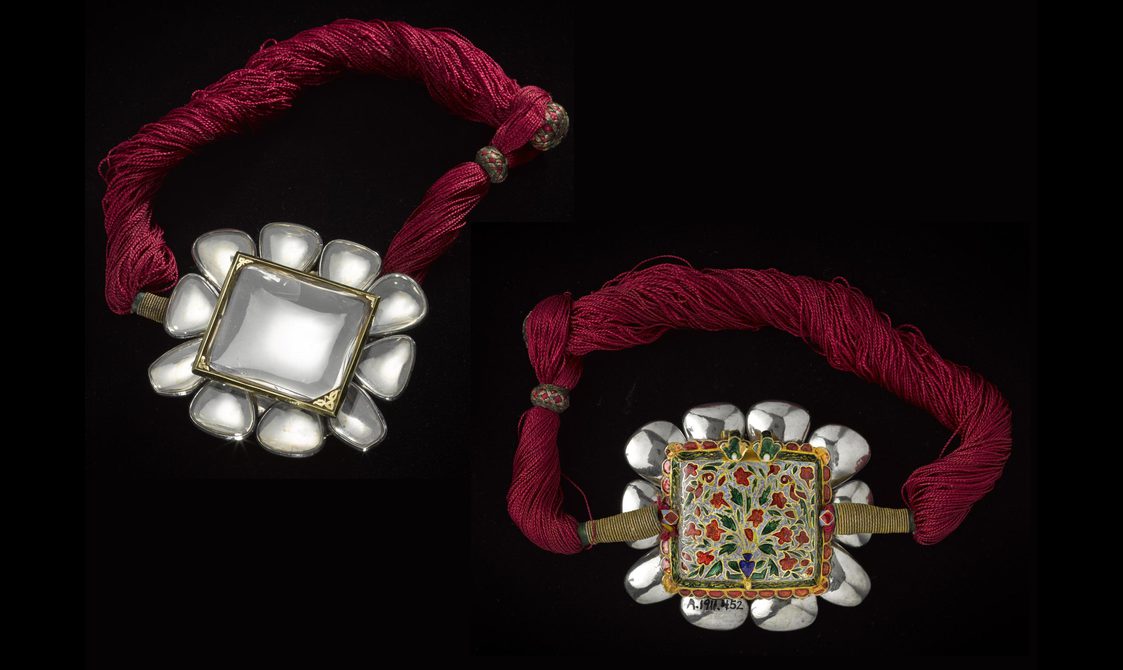
Armlet of gilded silver, flower-shaped, the front set with large rock crystals, the back with an enamelled flower vase, northern India, possibly Jaipur, 1800-1850. Depicted in the painting around the Maharaja’s left arm.
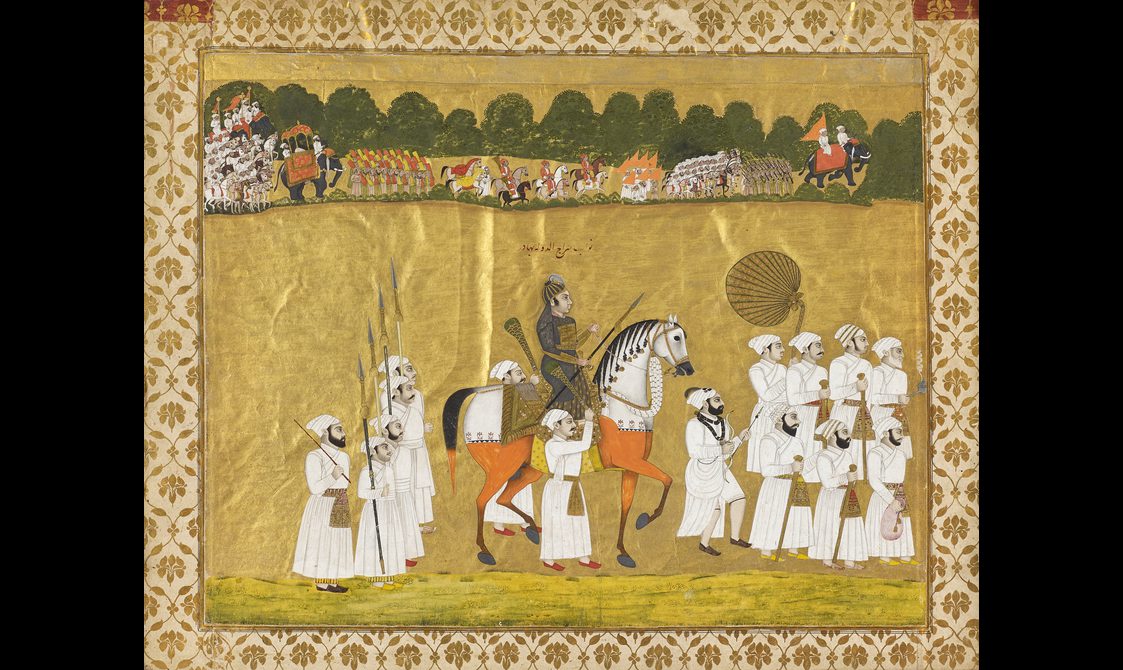
Miniature painting: Nawab Siraj al-Daula on horseback in a private procession with the state retinue depicted in the background, by a Murshidabad artist, circa 1756-57. Photography by John McKenzie for Lyon & Turnbull Fine Art Valuers.
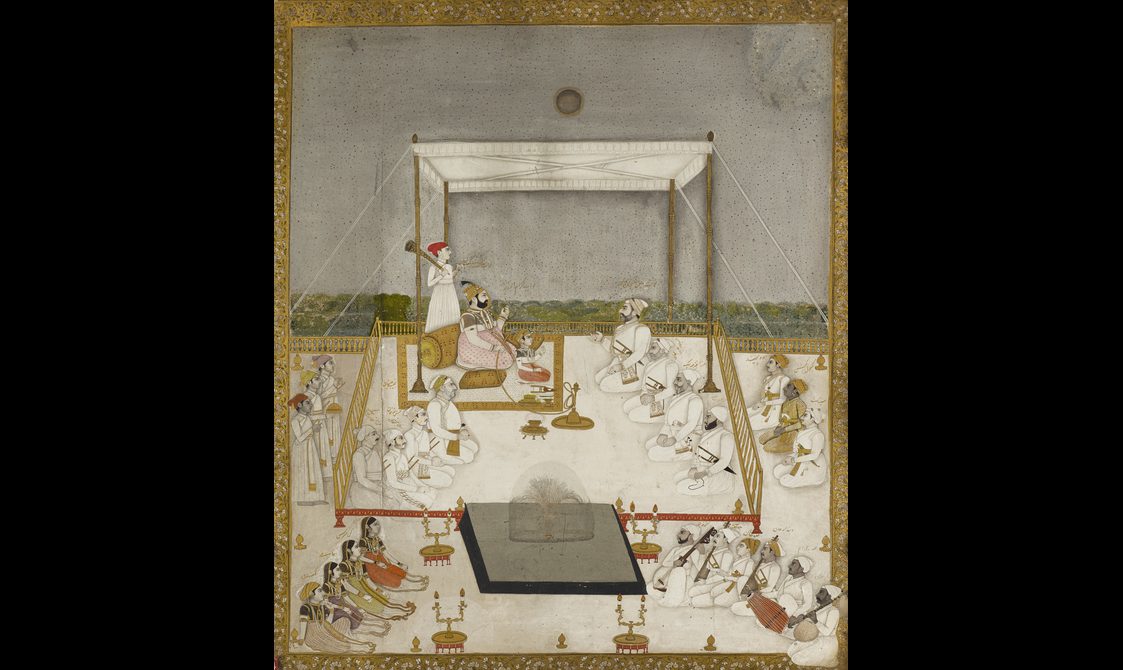
Miniature painting: Shahamat Jang with his nephew and adopted son Ikram al-Daula on a terrace with an official, by a Murshidabad artist, circa 1750-55. Photography by John McKenzie for Lyon & Turnbull Fine Art Valuers.
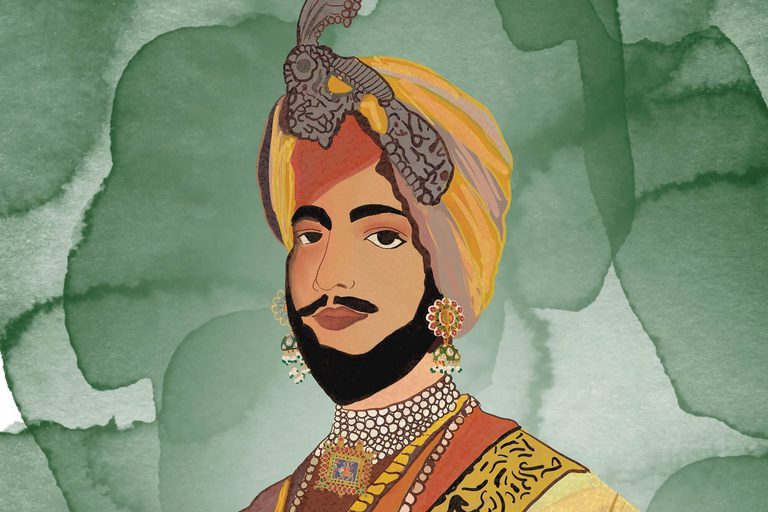
Maharaja Duleep Singh's jewellery
Learn about the significance of the Maharaja Duleep Singh's jewellery to the Indian and Sikh community.

Maharaja Duleep Singh's jewellery
Learn about the significance of the Maharaja Duleep Singh's jewellery to the Indian and Sikh community.
Header image: Miniature painting of the court of the Nawab of Bengal, Alivardi Khan, by a Murshidabad artist, ca. 1750. Photography by John McKenzie for Lyon & Turnbull Fine Art Valuers.
You might also like
- Discover
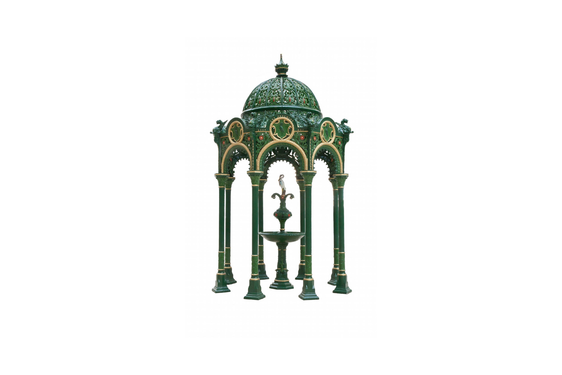
A drinking fountain inspired by India
Written by Members of the Networking Key Services groupHow Indian art and design captured Victorian Britain's imaginationThis cast iron drinking fountain and pavilion was created by Walter MacFarlane’s Glasgow based Saracen Foundry in the 1880s, considered Scotland's most prolific…Keep reading - Discover
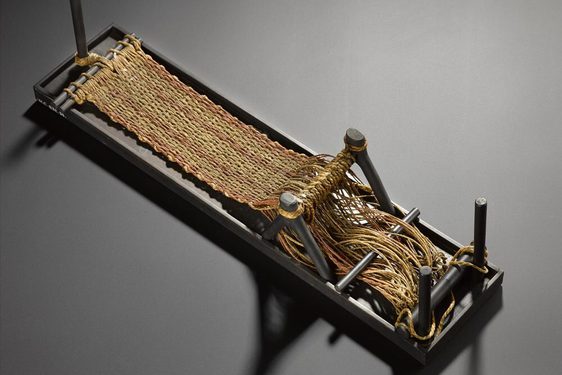
The Scottish woman who documented craft and technology in 19th century India
A fascinating set of models, commissioned by a Scottish woman, provides an insight into the cultural exchange between Scotland and India in the early 19th century. Born in Brechin (Angus) in 1785, Margaret Tytler received wide respect…Keep reading - Discover
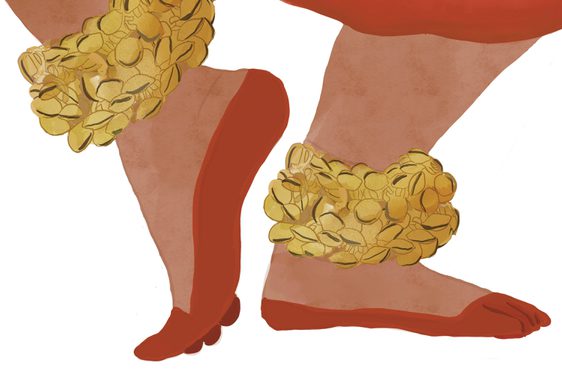
Exploring Indian dance traditions through ghungroo anklets
Written by Members of the Networking Key Services groupIndian dance traditions bringing back memories of childhoodThe ghungroo anklets brought out the child in us. We were overjoyed that they are displayed in the museum. Indian women have worn anklets with bells for centuries, making them an…Keep reading